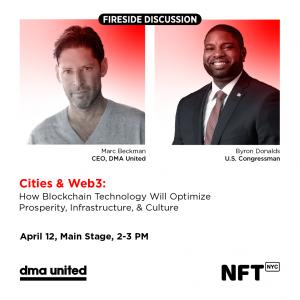Why Cricket went into NFTs

Virat Kohli produced an indelible moment in the T20 World Cup against Pakistan (Photo by Quinn … [+]
Those watching the ongoing T20 World Cup should be well aware of ‘Crictos’, who have been constantly linked to the official broadcast of matches during the month-long tournament.
If you’re not, Cricto’s digital compilation clips from International Cricket Council events and all T20 World Cup match day ticket holders got a free pack.
Like many sports recently, cricket has entered the contentious world of non-fungible tokens, commonly known as NFTs. This has led to skeptics of the digital resource, which has gained increasing fascination globally, dubiously eye-rolling the ICC’s venture, which has led to some derision on social media.
“I’m not naive to say there are no bad actors in the crypto space,” ICC head of digital Finn Bradshaw told me. “The decision was made not to accept crypto payments on the platform and I think that really helped. It has attracted the right people because people are depositing money in the real world.
“We’re not in it for a quick buck.”
Perhaps predictably, it has been difficult for cricket’s older demographic to understand, but even some of the younger fans who double as autograph hunters have told me they still prefer old-fashioned trading cards.
NBA trading cards have long been a part of basketball culture. (Photo by NICOLAS ASFOURI/AFP via … [+]
“The idea of owning something digital … I would say there’s a bit of a generational thing there,” Bradshaw said. “There are people who see it as quite a foreign concept, but once you dig into it… this is provable and you can’t lie about them as trading cards.
“You don’t have to worry about… like I do with everything I’ve collected that’s just sitting in my mom’s garage. This will not go moldy.”
While considering entering this space, and seeing the success of other sports leagues such as the NBA, Bradshaw recalled going to the 1992 World Cup in Australia as a youngster, where he kept his matchbook and ticket as mementos.
The 1992 World Cup was an iconic event. (Photo Joe Mann/Allsport/Getty Images)
He thought it was a way for that kind of nostalgia to be created for a newer generation with different tastes. “We wanted to do something relevant to a new generation, where physical things might not be as valuable to them,” Bradshaw said.
“The idea that you can go to a game and own a moment from it … you can have it in your wallet and you can look back over it and get that nostalgia.
“We thought it was a way to develop the second screen experience. I mean, fantasy (sports) is still huge. But we were interested in developing the way people might be able to interact with players and moments.”
The idea of ”digital permanence” appealed to Bradshaw and his team, who began seriously working on the concept in the last couple of years before it’s first true test in the T20 World Cup.
“We knew we had the (media) rights to do something like NBA Top Shot,” Bradshaw said. “The success we’ve had so far can be traced back to us taking our time and working for cricket fans. We wanted our NFTs to be accessible and part of the fan experience to complement live sports alongside fantasy sports and merchandise and be a core part of the fandom.”
The digital world has opened up inventive ideas in sports such as football club Manchester City hoping to virtually recreate its 55,000-seat Etihad Stadium, something that may one day be replicated in the cricketing sphere.
Manchester City have creative ideas for virtual fan engagement. (Photo by Daniel … [+]
“The power of someone now living in the UAE
But right now, cricket’s media strategists are not trying to upend the traditionally conservative sport.
“We are quite comfortable with the mechanics of cricket. We think there is enough interest and we don’t want to get in the way of that, Bradshaw said. “But we are focused on permanence and ensuring memories of cricket matches you have been forever.”

























